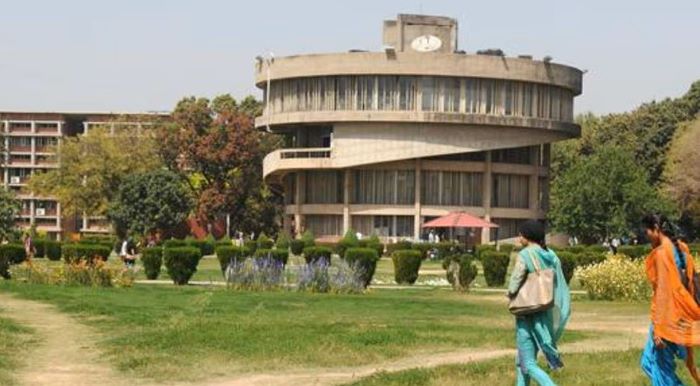 The current agitation at Panjab University represents more than a simple administrative dispute—it embodies a deeper anxiety among Punjabi youth about the cultural and ideological direction of one of the region’s most prestigious educational institutions. While the immediate trigger may involve questions of central government control versus state autonomy, the underlying concern centers on what students and activists perceive as the systematic saffronisation of the university’s academic and cultural environment. This mobilization reflects a pattern of Punjabi youth resistance that has historically emerged whenever their educational institutions and cultural identity have felt threatened.
The current agitation at Panjab University represents more than a simple administrative dispute—it embodies a deeper anxiety among Punjabi youth about the cultural and ideological direction of one of the region’s most prestigious educational institutions. While the immediate trigger may involve questions of central government control versus state autonomy, the underlying concern centers on what students and activists perceive as the systematic saffronisation of the university’s academic and cultural environment. This mobilization reflects a pattern of Punjabi youth resistance that has historically emerged whenever their educational institutions and cultural identity have felt threatened.
The term “saffronisation” in this context refers to the alleged imposition of a particular Hindu nationalist ideological framework that many Punjabi students, regardless of their religious background, view as alien to the university’s secular, pluralistic traditions. Panjab University, established in 1882 and reconstituted in Chandigarh after Partition, has long been seen as an institution that reflects Punjab’s syncretic cultural heritage—one that draws from Sikh, Hindu, Muslim, and secular progressive traditions. The fear is that recent administrative appointments, curricular changes, or cultural programming may be eroding this distinctive character in favor of a more homogenized, centrally-directed ideological agenda that doesn’t resonate with Punjab’s unique historical and cultural landscape.
This youth mobilization taps into a broader narrative of Punjabi assertion and autonomy that has deep historical roots. Punjab has consistently produced powerful student movements, from the language agitations of the 1960s to various campaigns for educational rights and cultural preservation. The current generation of students sees themselves as guardians of an institutional legacy that must remain responsive to Punjab’s diverse communities rather than become an instrument of any particular ideological project. For them, the university’s independence isn’t just about administrative control—it’s about preserving a space where Punjabi intellectual traditions, critical inquiry, and cultural plurality can flourish without external imposition.
The mobilization also reflects a generational anxiety about the future of Punjab’s educational ecosystem. Young people across the state have watched as debates about religious versus secular education, language policy, and cultural programming have intensified across Indian institutions. They fear that Panjab University, as a bellwether institution, could set a precedent that affects other colleges and universities across the state. This concern is amplified by the fact that for many Punjabi families, regardless of their location in India or abroad, Panjab University holds symbolic significance as an institution that represents their community’s educational aspirations and cultural continuity.
What makes this moment particularly significant is how it intersects with broader questions about federalism, cultural diversity, and the role of universities in a democratic society. The students arguing against what they perceive as saffronisation aren’t necessarily opposing the union government’s legitimate role in higher education funding and quality assurance. Rather, they’re asserting that universities must maintain their character as spaces of intellectual freedom and cultural authenticity, where regional identities and diverse perspectives can coexist with national integration. Their mobilization asks a fundamental question: can India’s educational institutions honor both national unity and regional cultural distinctiveness, or must one inevitably subsume the other?